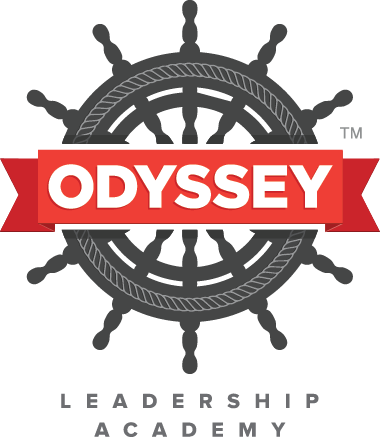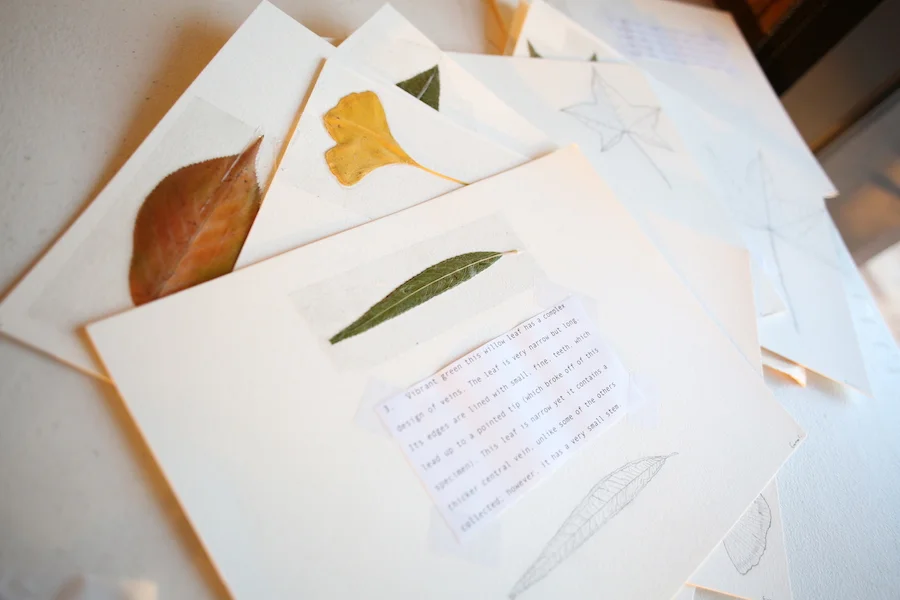COURSE:
Female Voice
ABOUT:
This course serves as an overview to the historical power of the female voice. The class moves from places of silence to places of song and legacy, studying women such as Queen Elizabeth I, Aung San Suu Kyi, Cleopatra, Artemisia Gentileschi, Maria Montessori, Susan B. Anthony, and Nellie Bly. Students learn about the places where women have forged a different path, the partnership of male leaders and community members to join them in this space, and the necessity of all voices at the table. Potential readings include works by Mary Wollstonecraft, Virginia Woolf, the Brontë sisters, Jane Austen, Flannery O’Connor, Gertrude Stein, and others.
QUESTIONS WE ASK:
- Where do we hear the stories of women in history, and where are they silenced?
- Where have women been afforded influence?
- Who are our grandmothers?
CREDITS:
English & History
COURSE:
Nature's Folklore
ABOUT:
Students in this course wrestle with the design of various ecosystems across the globe, learning about the harmony of each one and the stories they have birthed. Students use their knowledge of these ecosystems to analyze the folklore and mythology of the cultures that inhabited them, such as the Indus River Valley, Mesopotamia, Ancient Egypt, Polynesia, and MesoAmerica. Alongside their readings, students work to create their own mythologies and folklore from the environment they live in, understanding the science and ecology of their own surroundings as influencing these stories. Students gain understanding of core Biology principles such as the nature of energy flow, the cell, the five kingdoms of life, and population dynamics.
READINGS:
- Sand County Almanac
- What are People For?
- The Silent Spring
CREDITS:
Science & English
“ What I stand for is what I stand on.”
COURSE:
Mathematics: Quest for Wonder
ABOUT:
In Mathematics: Quest for Wonder, students travel through space and time to study the historical quest for wonder that propelled the great mathematicians. This quest will take us from the ancient hanging gardens of Babylon to the Duomo in Florence, from seeing how the Fibonacci sequence shows up in galaxies and pinecones, to the mind-bending questions of wormholes and time travel. This course pushed the boundaries of mathematics as we study such thinkers as Euclid, Pythagoras, Aristotle, Archimedes, Galileo, Fermat, Newton, Descartes, and Dyson to explore the ways in which geometry, algebra, trigonometry, and calculus are, quite literally, the language of the universe.
CREDITS:
Mathematics & History

